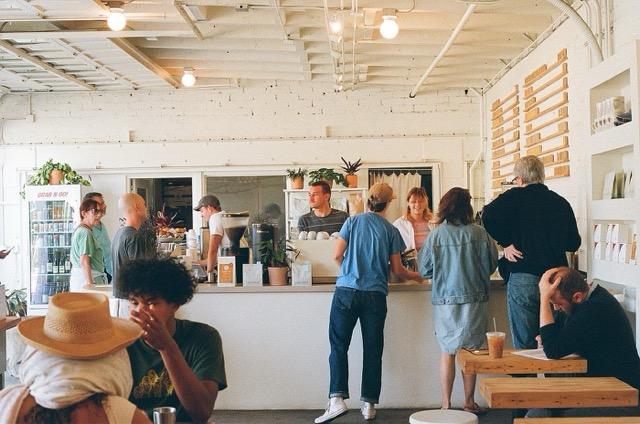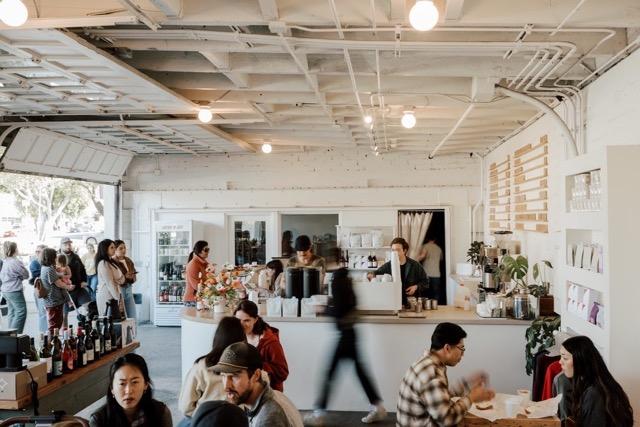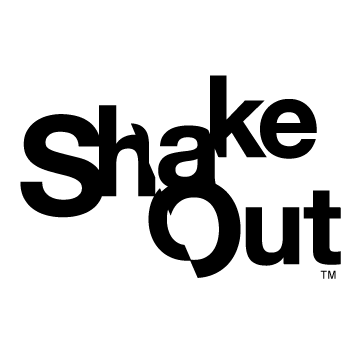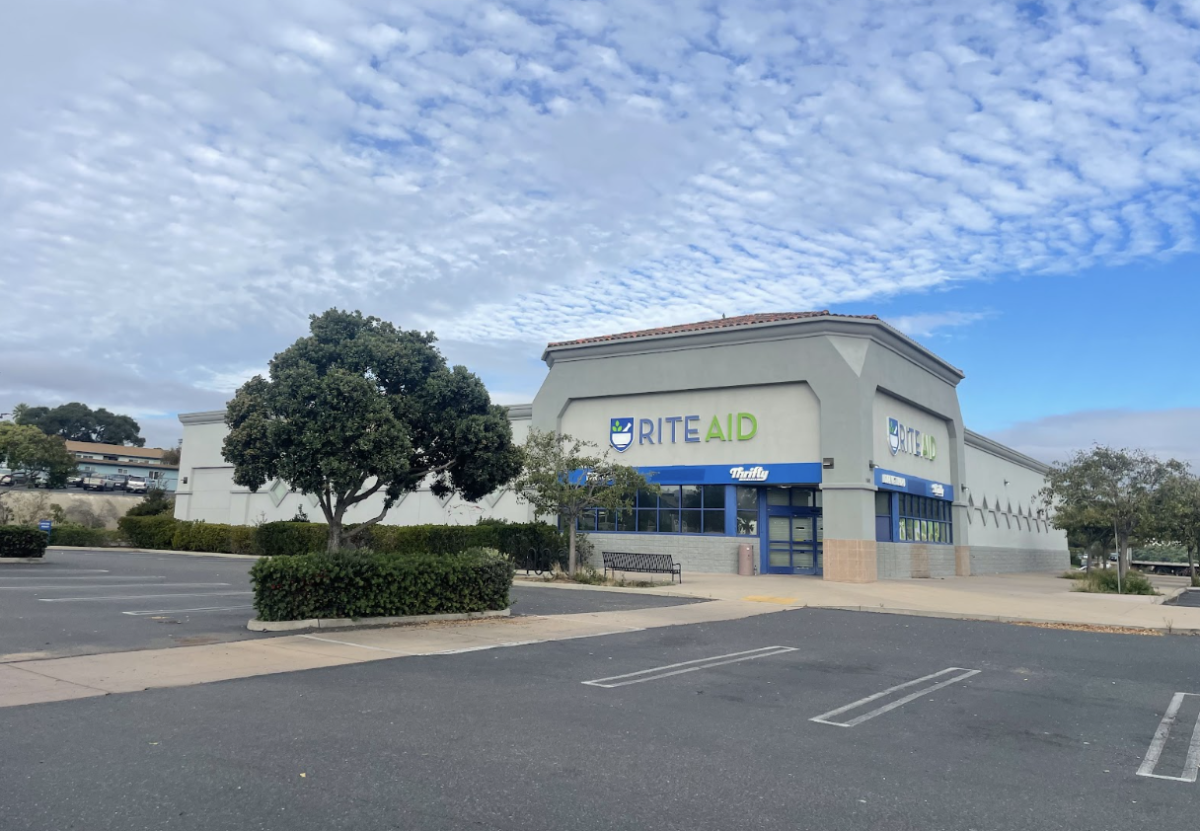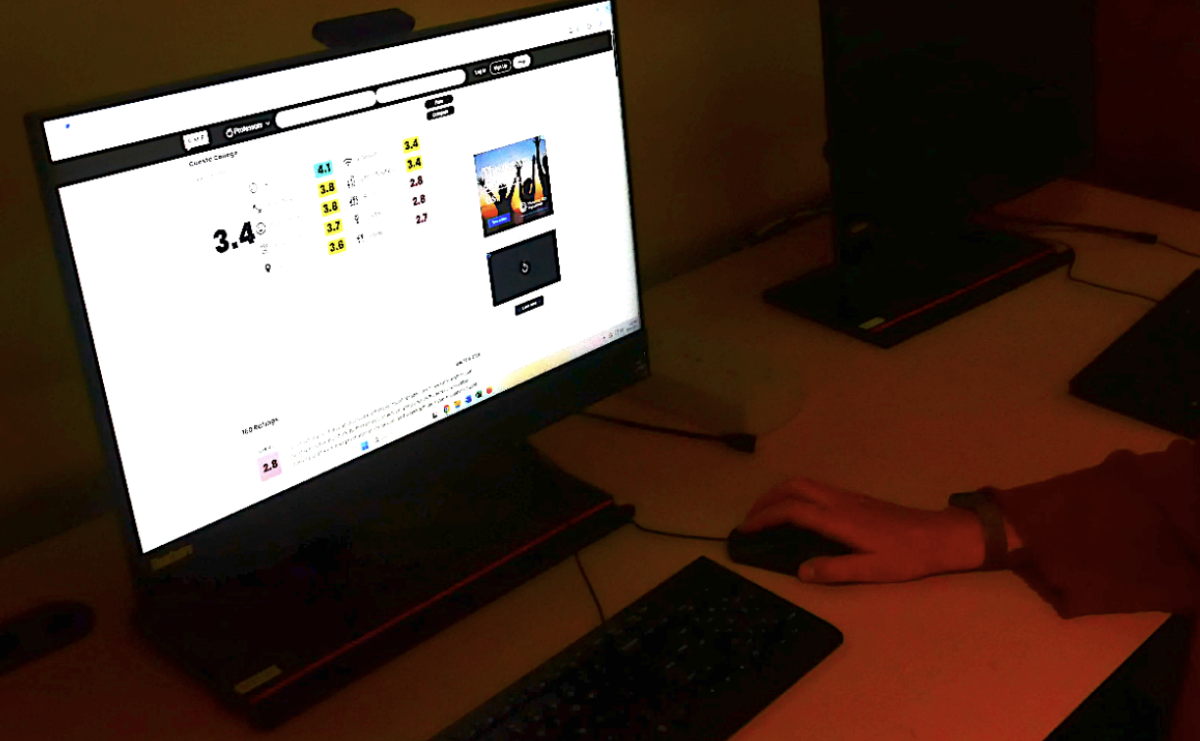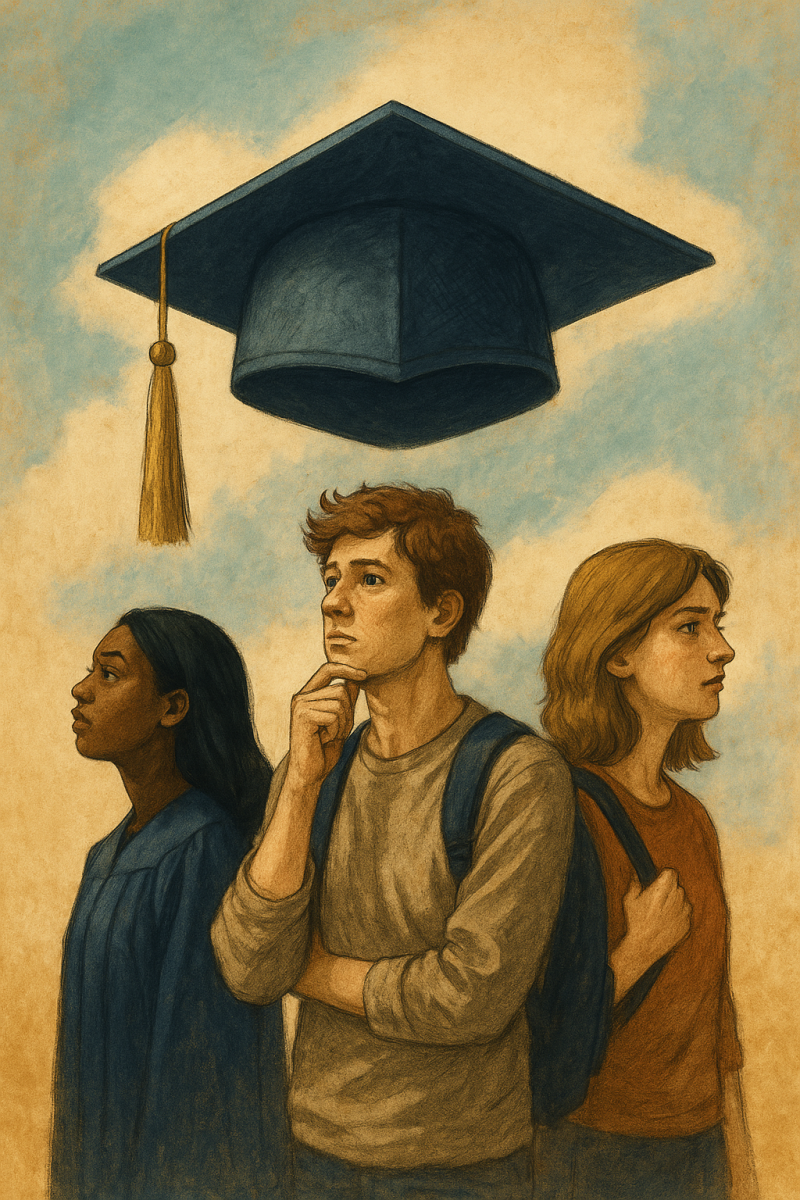Coffee is a legal addictive stimulant at the center of most Americans’ morning rituals.
But what is it exactly?
Is Coffee a Fruit?
Coffee is first and foremost a fruit. The bean itself is the seed of the fruit, once the pulp is removed, which saturates the bean, it will influence the taste of a cup of coffee.
Arabica and Robusta are two of 124 species of Coffea, the genus of Coffee. These two species are responsible for the world’s coffee consumption.
Arabica beans were, and still are the primary strain of coffee used in shops around the US today. The Arabica plant needs humid, tropical areas, grown at an elevation of 950 to 1,950 meters above sea level. The caffeine levels are lower than Robusta, yet, Arabica exudes a natural sweetness for an overall better taste.
Robusta, in particular, is a durable plant, capable of surviving in harsh climates and yields higher caffeine. Due to the plant’s resiliency, the taste, however, bitters in comparison to its counterpart.
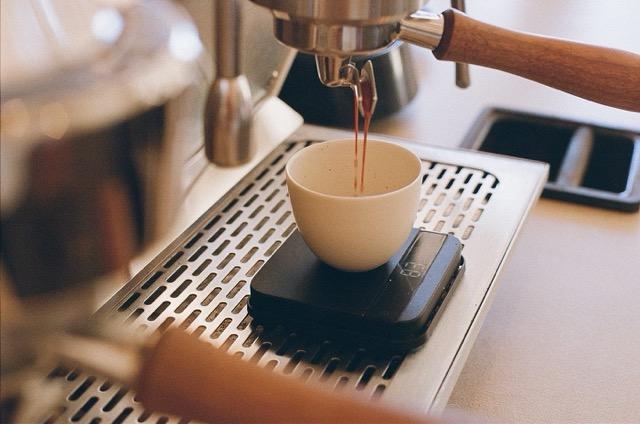
Coffee in America
The relationship between coffee and America may date back to 1773, before the nation was established. After the Boston Tea Party, people switched to coffee as a political statement.
Since then, modern coffee has seen evolutions that are measured in waves. Currently, coffee is in its third wave, but what does it mean to be third wave compared to second, or even first? Differences in farming, processing and presentation alter the taste of coffee from one shop to another. The “three waves” of coffee are best understood when placed on an American timeline.
First Wave: Coffee becoming pragmatic
The 1900s saw coffee brands like Maxwell and Folgers selling coffee to the masses at cheap prices. Think metal coffee cans and a vintage thermos. The practical effects of caffeine disseminated among the American people coincided with its conquest of the West. During that time, prosperous advances in technology like electricity, and the use of telephones were in wide use.
Still, in 1946, coffee consumption increased to 46.4 gallons per person. Maxwell and Folgers, known for using the Robusta bean, utilized its affordability and plenty to sell coffee at higher volumes.
Second Wave: Coffee becoming a commodity
The second wave of coffee can be marked by the first Starbucks opening, in Pike Place, Seattle, in 1971. Although there were other coffee shops at that time like Coffee Bean and Tea Leaf in Los Angeles, Calif., around 1963, Starbucks is known for its feverish pursuit of supply and demand.
From the 1960s to the 1990s, coffee beans were roasted dark, and were primarily consumed with milk, sugar and flavored syrups in lattes. During this time, Espresso bars became more frequent, and soon there were TV shows that featured scenes in coffee shops. Most notably, the sitcom, “Friends,” and the famous Central Perk Coffee Co., which was a primary setting within the show.
Third Wave: Coffee becoming craft
All the while, behind the scenes, the American branch of the Speciality Coffee Association (SCA) established itself in 1982. The SCA, at that time, consisted of a dedicated group of coffee professionals looking to raise quality standards and better the practices from farm to cup.
From the 2000s to present day, coffee, with the help of the SCA, progressed into a craft beverage. One important aspect of this change has to do with the quality of beans, brewing, roasting and presentation.
“I would say that third wave coffee refers to an emphasis in coffee sourcing that is traceable back to a specific region or farm,” said Ryan Crandal, a native of Arroyo Grande, Calif. and co-owner of Banner Coffee Co. “I think second wave coffee specifically, like Starbucks, were more automated, more about getting a product out into people’s hands.”

Third wave coffee takes a special interest in the totality of this farm to cup process. This includes better roasting techniques, espresso shots and even steamed milk. Like most craft beverages, there is nuance in the preparation and quality of these plants. This is seen in the harvest of wine grapes and beer hops.
“I would hope the positives of third wave coffee would be, ‘People paying attention and caring about where this thing they’re drinking comes from,’” said Randy Price, co-owner of Field Day Coffee in San Luis Obispo, Calif.
Because coffee is in a constant state of progression, people looking to deepen their knowledge pursue jobs in the industry.
“I think it was something that I was interested in doing,” said Milo Powell, a barista for Field Day Coffee. “I didn’t think I would work in it, but here I am working in it every day.”.
Coffee is Culture
Coffee is natural in its essence, yet, it is in people who ascribe meaning to its taste, preparation and ritual that makes it unique to culture. The progression of coffee will never stand a chance to the subjectivity of taste.
Yet, progression has had help, albeit, subtle, at the rim of a coffee cup.
